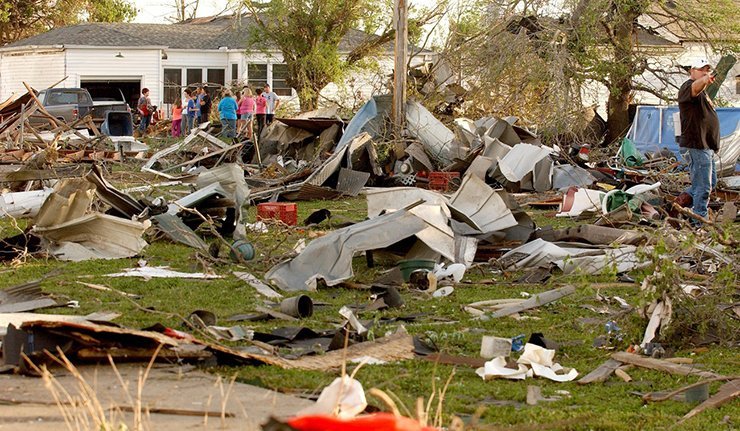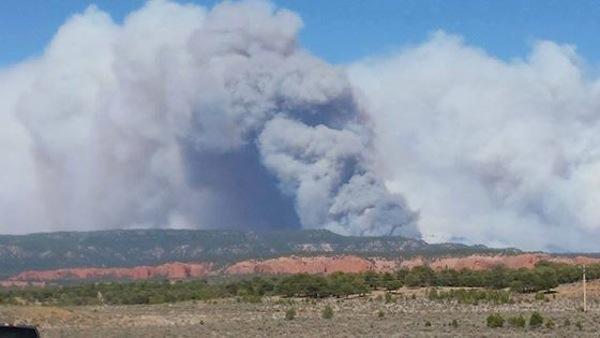
© East News/AP Photo/Tulsa World, Gary Crow
A tornado Tuesday afternoon destroyed or badly damaged up to 100 homes in Canada's Ontario province, authorities said Wednesday after surveying the devastation.
"It's pretty bad," government Minister Kellie Leitch told a nationally-televised press conference, adding that the twister destroyed "up to 100 homes."
"Some houses have almost the entire roofs off, some half the roofs off, some the back of the house is collapsed. And it's pretty devastating," she said, AFP reports.
A state of emergency has been declared in the township of Essa, north of Toronto, after Environment Canada reported an "EF-2" twister on the 0-6 Enhanced Fujita scale.
The tornado touched down at 5:20 pm Tuesday in Angus and tracked east for 15 minutes, with winds of up to 180 kilometers (111 miles) per hour.
"The (accompanying) thunderstorms did bring sudden very heavy downpours, gusty winds, and frequent lightning," the government agency said.
The tornado flipped vehicles and scattered debris.
Some 6,000 area homes remained without power Wednesday morning and an emergency shelter has been set up at a nearby military base for as many as 300 people.
There were no reports of serious injuries.

Comment: Additional reading about the Plague of Plastic killing the world's oceans:
- Are We Witnessing the Death of Our Planet?
- Plastic Trash in Oceans May Be 'Vastly' Underestimated
- Great Pacific Garbage Patch' Plastic Has Increased Hundredfold Since the 1970s
- The world's rubbish dump: a garbage pit that stretches from Hawaii to Japan
- Something the entire world should see - most of us are simply unaware
- A Passion to Clean up the Pacific Ocean's Great 'GarbagePatch'
- What is the Great Pacific Ocean Garbage Patch?
- Pacific Ocean garbage patch worries researchers
- Plastic trash vortex menaces Pacific sealife: study
- Huge Garbage Patch Found in Atlantic Too
Plastic is believed to constitute 90 per cent of all rubbish floating in the oceans. The UN Environment Program estimated in 2006 that every square mile of ocean contains 46,000 pieces of floating plastic. Marcus Eriksen, a research director of the US-based Algalita Marine Research Foundation, said: